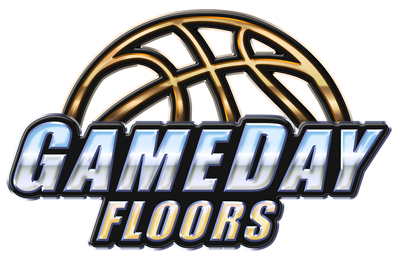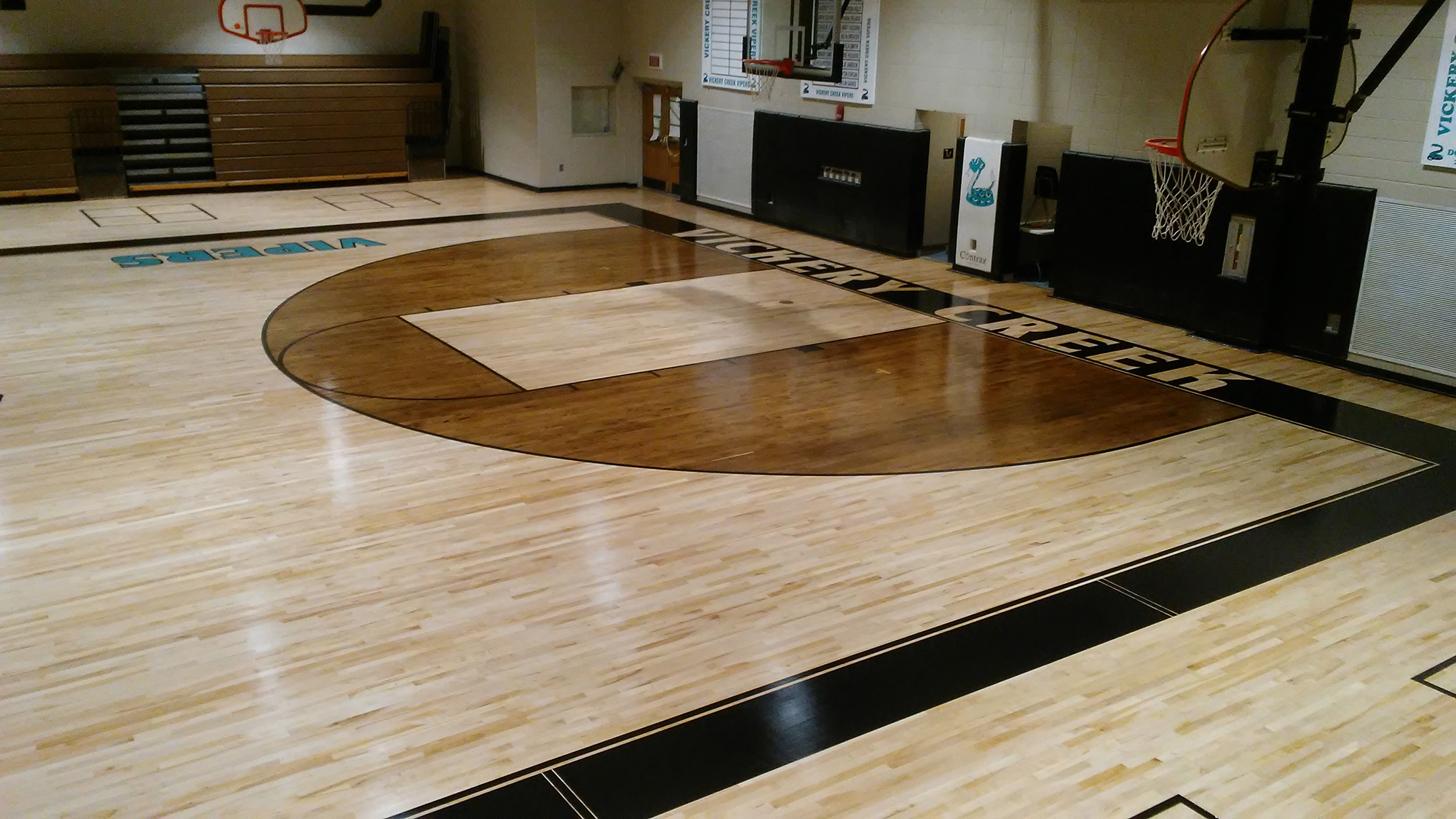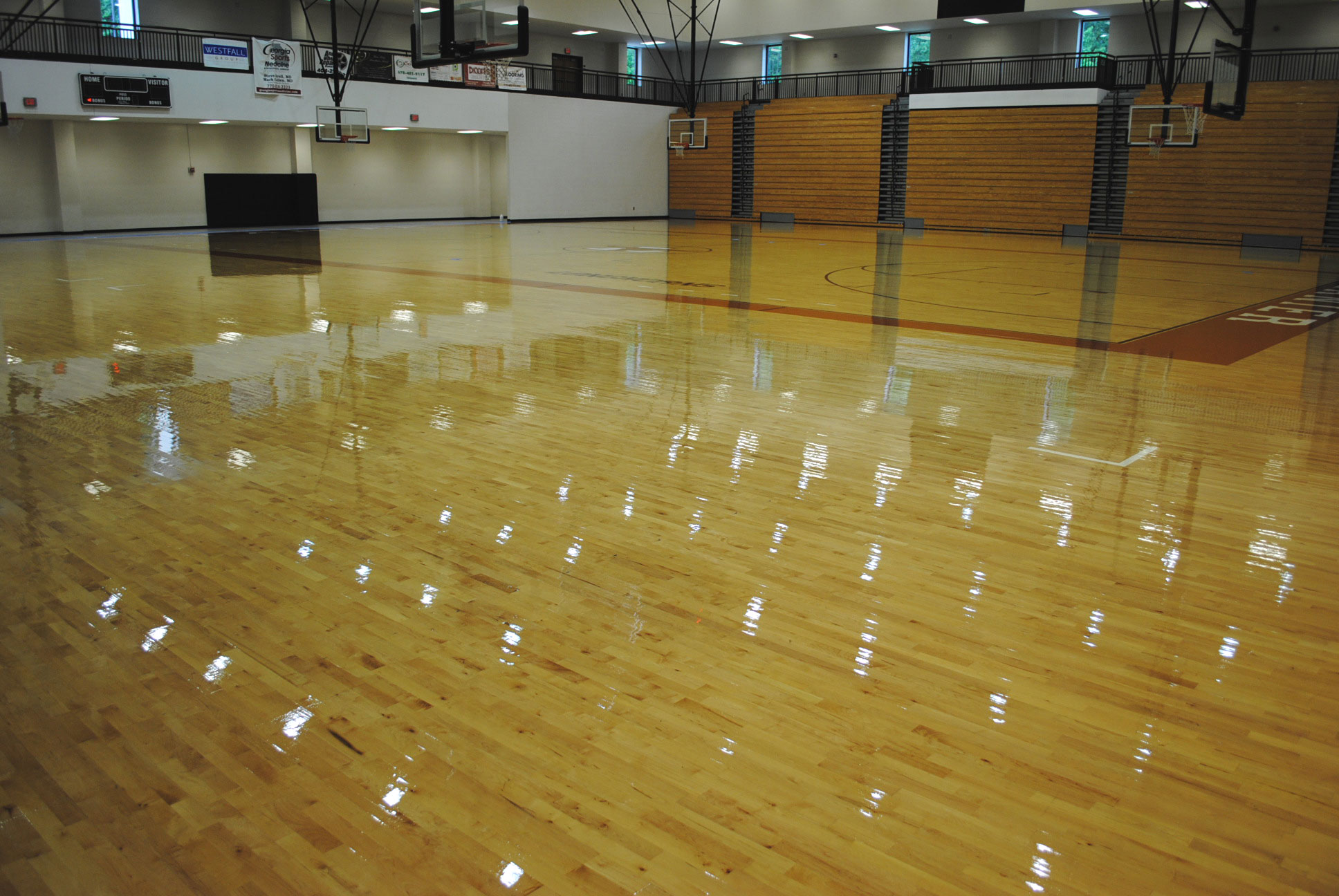Pickleball
Pickleball, a sport that combines elements of ping-pong, badminton, and tennis, has gained significant popularity in recent years, making it one of the fastest-growing sports worldwide. Although it originated in the mid-1960s, pickleball’s surge in popularity has captivated enthusiasts around the globe.rature and humidity fluctuations.
Building a pickleball court requires careful consideration of various factors, including the court surface, dimensions, net height, and other specifications. Here’s a breakdown of the key elements involved in constructing a pickleball court:
- Court Surface: The ideal surface for a pickleball court is a hard, smooth, and non-slip material. Asphalt and concrete are commonly used for outdoor courts, while wooden or synthetic surfaces may be suitable for indoor courts. The surface should be free from cracks, bumps, or irregularities to ensure safe and consistent play.
- Court Dimensions: A standard pickleball court measures 20 feet wide by 44 feet long for both singles and doubles play. The dimensions are similar to a doubles badminton court. The court is divided into two equal halves by a net.
- Court Lines: The court is marked with specific lines that define the boundaries and playing areas. The following lines are typically included:
- Baseline: These lines run parallel to the net at each end of the court.
- Sidelines: These lines run perpendicular to the net and mark the outer boundaries of the court.
- Non-Volley Zone Line (Kitchen Line): This line is located 7 feet from the net on both sides and marks the area where players cannot enter to hit volleys. The line is sometimes accompanied by a 14-foot zone on either side to discourage players from lingering in this area.
- Net and Posts: A pickleball net is placed at the center of the court, spanning the width. The net height at the center should be 36 inches for recreational play and 34 inches for professional play. The net is secured by posts at each end, which should be sturdy and placed outside the court boundaries.
- Color Considerations: While not a strict requirement, many pickleball courts feature specific color combinations to enhance visibility and contrast. The most common color scheme is a green playing surface with white lines. This color combination provides good contrast and makes it easier for players to track the ball.
- Lighting (for indoor courts): If you’re constructing an indoor pickleball court, proper lighting is essential. Adequate lighting ensures visibility and allows for consistent play. The lighting should be evenly distributed to minimize shadows and glare.
- Additional Considerations: Depending on the location and intended use, you may need to consider factors such as fencing, seating, and amenities like water fountains or storage areas. These elements can enhance the overall playing experience and convenience.
It’s worth noting that building regulations and requirements may vary based on your specific location or local authorities. Before constructing a pickleball court, it’s recommended to consult with professionals experienced in court construction or local sports facility regulations to ensure compliance and optimal design.
By considering all these factors, you can create a well-designed pickleball court that offers an enjoyable playing experience for both recreational and competitive players.


